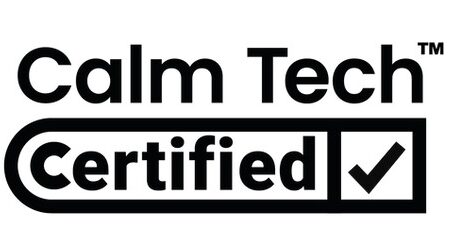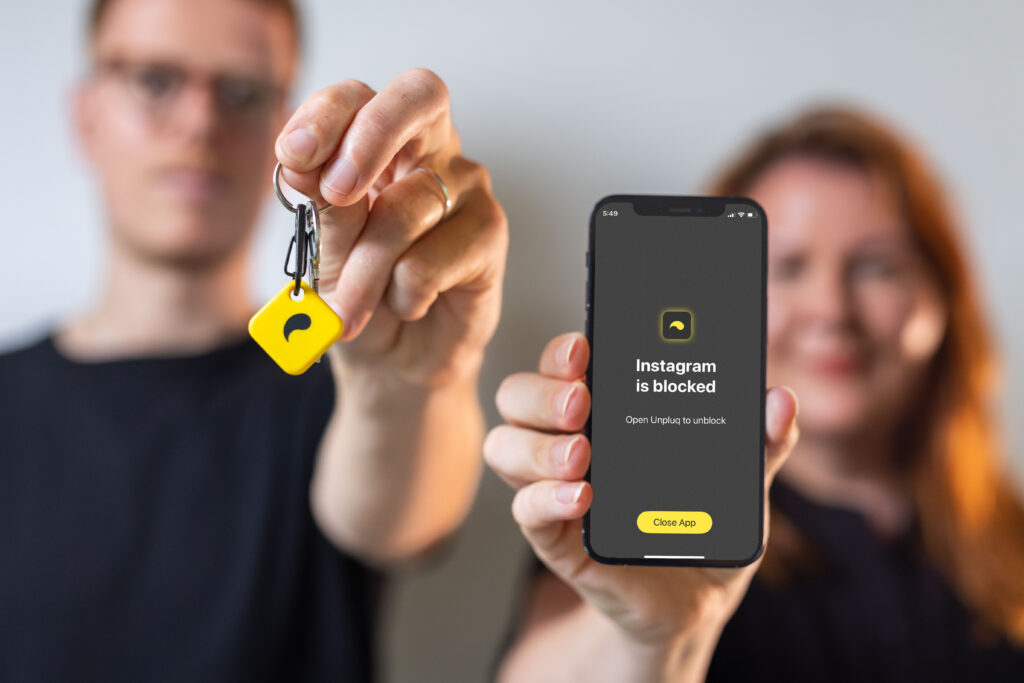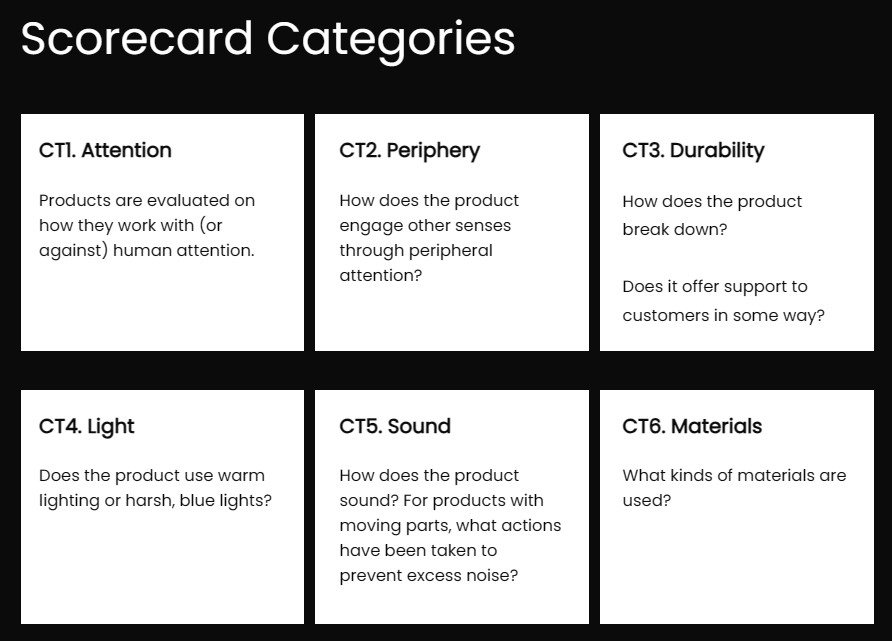Warm lights, tactile buttons, intuitive usage.
Do you miss the feel of tactile buttons on your kitchen appliances or lament car manufacturers' insistence on touchscreens? Have you ever found yourself clumsily fumbling with the door handles of a vehicle or distracted by the bright blue light beaming from your vacuum or Wi-Fi router?
If so, you're not alone. The way technology gadgets are designed largely relies on things like blue, often LED, lights, flat resistive or capacitive touch input, and software. Some, like Amber Case, founder of the Calm Tech Institute, believe that these design choices distract from devices' purpose and functionality and are calling for a new approach to product design.
"Calm Tech Institute is kind of a consumer advocacy body that's collecting stories and research from neuroscientists that says, look at how the mind wants texture, and look at how it wants physical buttons, and there's a part of your mind that needs [those]," Case told Ars Technica. "When we don't have it and we replace it with glass, we're not only losing something about human experience, but we're actually causing the mind stress.”
The Calm Tech Institute, founded in May 2024, provides workshops, speaking engagements, and certification for products that "enhance human life without causing stress or distraction," its website says.
Speaking to Ars, Case pointed to user frustrations, such as software updates hindering car usage and "Why is there no button on the back of the television when I go into the hotel room late at night, and I have to turn on my flashlight on my iPhone to find the button to turn it off?" These experiences are the antithesis of the Calm Tech philosophy, Case explained:
Once we learn [how to ride a bike], we never have to learn it again. Whereas, with how a lot of software ... and physical objects are made now, you have to relearn it. It gets changed or the buttons aren't in the right place, and you can feel your mind wanting the button to be in a certain place. And it's not.
What makes a gadget calm?
The Calm Tech Institute takes inspiration from papers that Mark D. Weiser wrote while CTO at Xerox Palo Alto Research Company (PARC), an R&D firm now known as SRI International’s PARC. Weiser is often remembered as the father of ubiquitous computing, which starkly differs from technology approaches that submerge people in technology, like the metaverse. By contrast, ubiquitous computing products blend more discreetly into user environments. Per a quote from Weiser on Calm Tech Institute's website: "Ubiquitous computing is roughly the opposite of virtual reality. Where virtual reality puts people inside a computer-generated world, ubiquitous computing forces the computer to live out here in the world with people."

That mentality helped Case settle on the Calm Tech Institute's principles for product design:
- Technology should require the smallest possible amount of attention.
- Technology should inform and create calm.
- Technology should make use of the periphery.
- Technology should amplify the best of technology and the best of humanity.
- Technology can communicate, but doesn’t need to speak.
- Technology should work even when it fails.
- The right amount of technology is the minimum needed to solve the problem.
- Technology should respect social norms.
Further explaining the reasoning behind the principles, Case said:
When we say we're going to do something based on look and not touch, we forget the beauty of a lot of really well-designed tools, which is the tool dissolves when you use it and you focus on the task and not the tool. With a really well-designed hammer, you focus on the nail, not the hammer.
Coming up with those principles required a lot of interviews.
“I think I've sat with hundreds of people in cars, from self-driving cars to just riding around with friends, and saying, what in this car is annoying? What in this car is good? What in this technology is good or bad? I've gone to all sorts of giant tech companies all over the world, and they've had me test out their products," Case said.
Calm Tech’s certification process
One of Calm Tech Institute's primary functions is certifying gadgets as calm tech. Currently, six products are Calm Tech-certified: ReMarkable's Paper Pro tablet; Airthings' View Plus air quality monitor; a visual timer called Time Timer; the Daylight Computer, an e-paper computer; the Mui Board Gen 2, a wooden smart home controller currently available for preorder via Kickstarter; and Unpluq, which locks specified phone apps until you open them with an NFC keychain.
"In a market flooded with distraction, we wanted Unpluq to stand out as a product that actually reduces it, and this certification gave us a trusted way to signal that," Caroline Cadwell, who was CEO of Unpluq when it got Calm Tech-certified and now serves as an advisor, told Ars.

In order for a gadget to be Calm Tech-certified, it's scored against an 81-point criteria across six categories as shown below:
One of the hardest categories for companies to adhere to, Case said, is periphery, which may rely on a product including physical buttons, which also touches on the materials category. With headphones, for example, users shouldn't have to look at the product or memorize where the buttons are to control it.
"Just put a series of raised dots: a raised dot for the down volume, two dots for the up volume, and then an obvious power button. … With the flattening of everything, we've forgotten this," she said.
The other top challenge for companies is light, which includes examining the lights' color-rendering index and prioritizing low flickering and warm colors.
"Blue light's a really, really energetic spectrum, and so it keeps us up at night,” Case said, pointing to the benefits of alternatives, like E-ink.
Overall, the criteria forces companies to think about product design in a way that has become less common among modern gadgets and deeply considers products' impact on the human senses.
“How you design the beep is important," Case said.
A new type of certification
Offering a new and voluntary type of certification program, the Calm Tech Institute is challenged to drum up interest in its program and financial security. As some tech companies already have to pay associated costs for more essential certifications, such as UL and Bluetooth certification, Calm Tech doesn't directly charge for certifications.
Instead, companies can pay Calm Tech for a review to see if their product is likely to get certified. A company could also pay for a pre-certification, where Calm Tech looks at a product before it's launched and helps with ideation so that the product ends up certifiable. Calm Tech is currently reviewing eight products for certification and has three products in the pre-certification phase.

Calm Tech Institute has also certified products that the team has worked with and tested without the product's vendors submitting for certification.
“It's better if we award the companies that are doing an excellent job, and then in the future, if there are companies that need a little bit of help, then we can work with them. But that's more of a consulting, higher overhead thing, and then that's going to cost more money," Case explained.
Case believes Calm Tech Institute's business model will be sustainable, noting her disinterest in Calm Tech going public and goals of running the firm without being forced to scale or monetize "in a way that would make us less [of a] service to customers." In fact, she has already reckoned with the idea of Calm Tech Institute no longer being needed one day.
"[Maybe] product examples very slowly get to a point in which maybe we're not needed anymore. ... Or maybe we're just the place you go to get the good design. But I hope we dissolve into the background as something useful that people use to get their product out,” she said.
Meanwhile, there's optimism that the certification will eventually help drive product sales. Unpluq's Cadwell said:
We've incorporated the Calm Tech certification into our product listings and marketing materials and plan to feature it on our physical packaging moving forward. Since we were part of the very first batch of certified products, I view this as a strategic bet more than an instant sales driver, but I expect that will change for companies getting certified in the future.
Hope you enjoyed this news post.
Thank you for appreciating my time and effort posting news every day for many years.
News posts... 2023: 5,800+ | 2024: 5,700+ | 2025 (till end of April): 1,811
RIP Matrix | Farewell my friend ![]()
- Tzcon
-

 1
1
 You are from
You are from 


3175x175(CURRENT).thumb.jpg.b05acc060982b36f5891ba728e6d953c.jpg)
